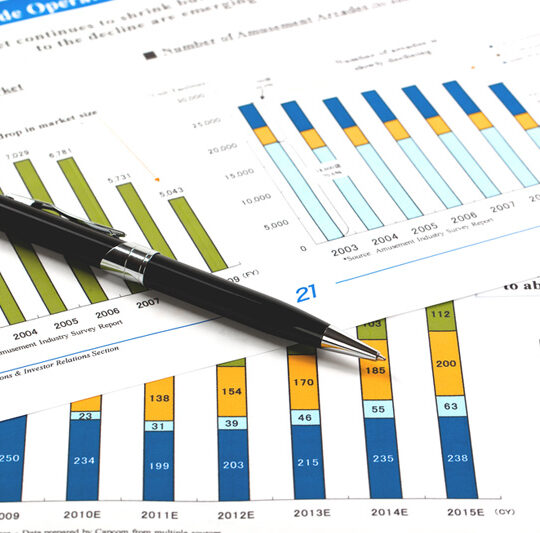
“American exceptionalism” is a term that sums up the notion that the United States possesses strengths that set it apart from other countries. The concept has stuck around for more than a century and is somewhat controversial, especially as Americans struggle with deep political and other divides.
But there’s one area where American exceptionalism has stayed on full display for more than a decade: the stock market.
From the start of 2010 through 2022, an index of U.S. stocks tracked by researcher Morningstar gained 12% a year on average, trouncing the 4.4% annual results for a foreign-only index. U.S. stocks “have dominated their non-U.S. counterparts since the 2007-09 global financial crisis,” wrote researchers Andrew Daniels and Adam Sabban of Morningstar in a new study. A $10,000 stake in a diversified portfolio of U.S. stocks would have swelled to more than $43,000, compared to about $18,000 for the same amount invested internationally.














